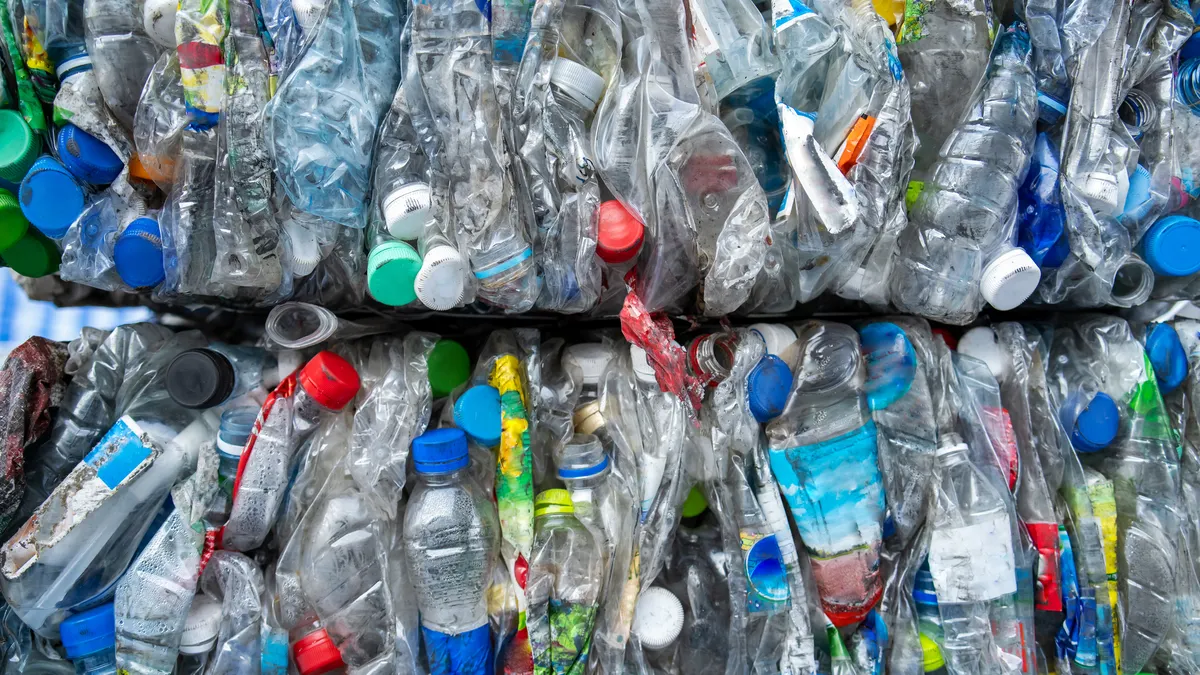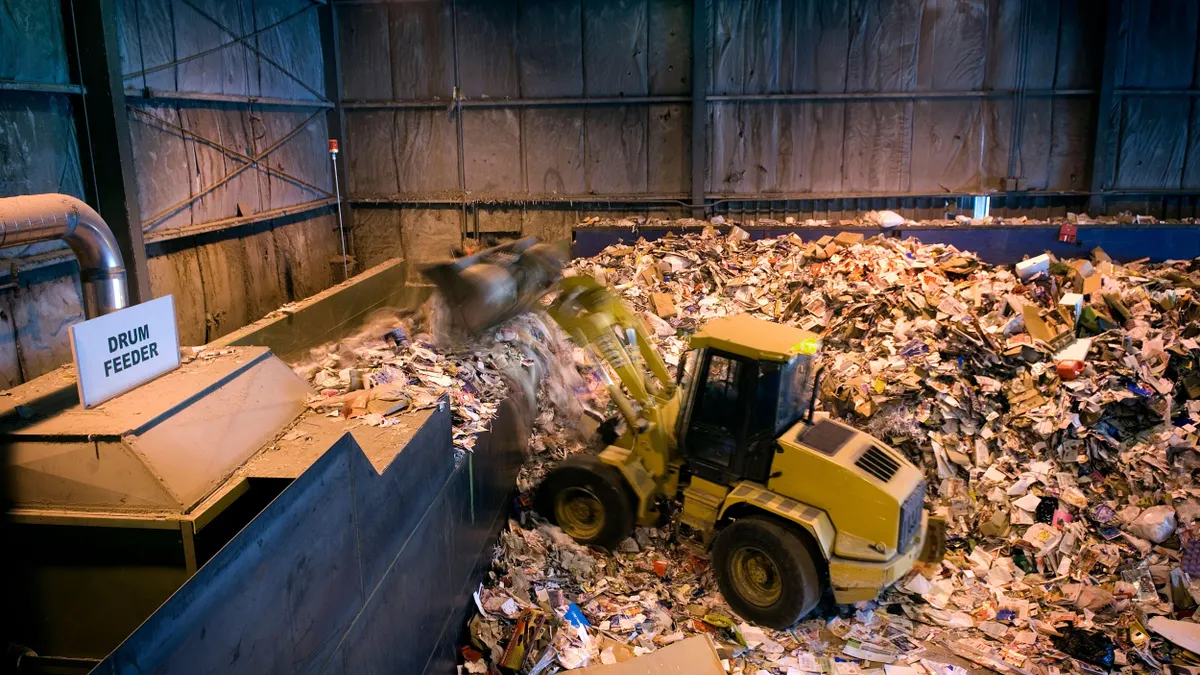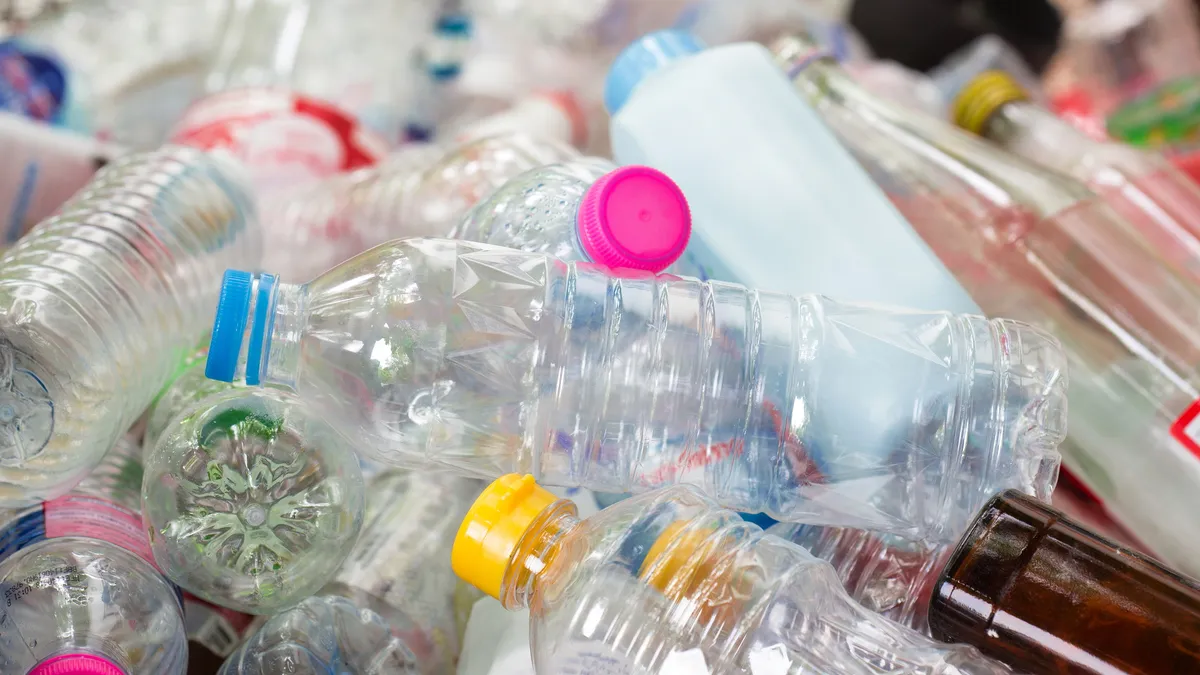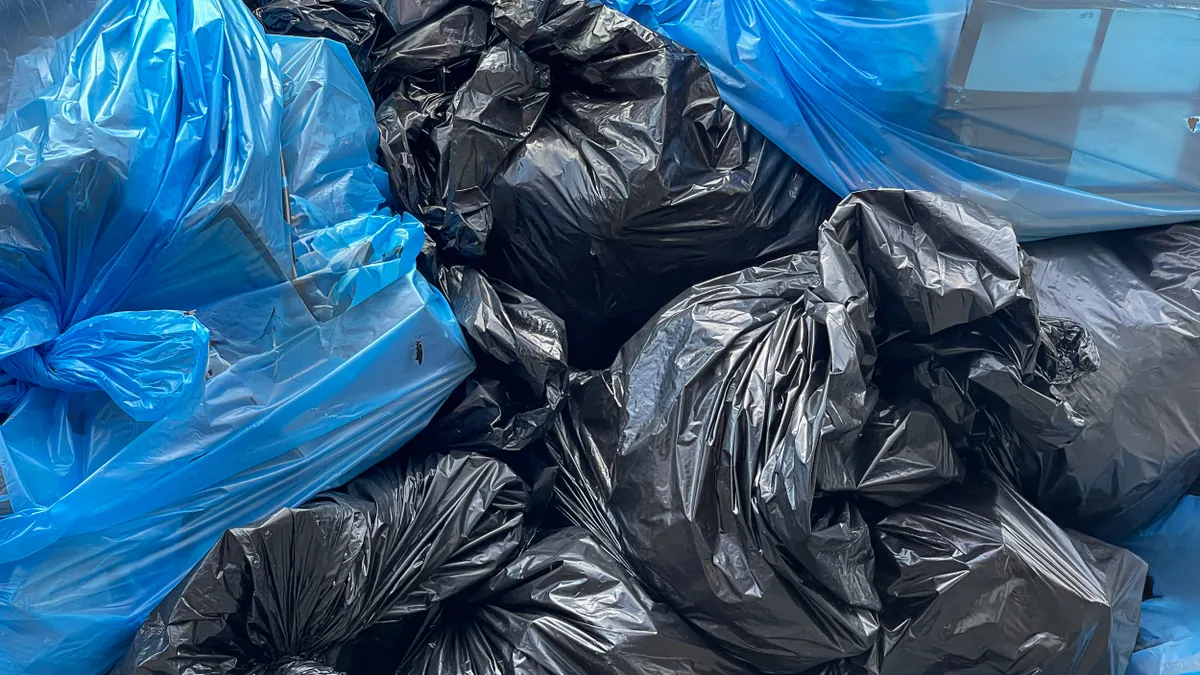Editor's note: This is the latest in a series of monthly columns about emerging trends in regulatory compliance and managing hazardous or special waste.
Last year, I reported on per- and polyfluoroalkyl substances (PFAS) – an emerging pollutant whose effects have been known for a long time but is now becoming better researched. At the time, I challenged the U.S. EPA to take a greater leadership role in providing solutions and long term strategies to address contamination that is only becoming more prevalent in our environment.
The EPA's 2019 action plan lays out a multi-pronged approach, but their strategy is moving slowly in the face of widespread PFAS exposures, a litany of settled and ongoing lawsuits and the pressing need to protect public health. However, some very interesting movement has occurred independent of federal efforts.
State agencies and regional organizations have stepped up to address legacy water, air and soil contamination, and begun communicating with the public on these issues. Environmental consultants and their clients, many in the waste industry, have begun taking steps to identify and remediate environmental risks associated with PFAS. Around the U.S., academic institutions have also set their sights on improving sampling and testing protocols for the numerous variants of PFAS. The issue was even featured in a Congressional hearing just this week.
If you're new to this saga, PFAS are a class of highly fluorinated organic compounds, which translate into fluorine molecules attached to carbon chains of varying lengths. This group of man-made substances is used in products ranging from Teflon, Gore-Tex and Scotchgard to firefighting foam. When released into the environment, PFAS are biopersistent, which heightens the risk of human exposure through ingestion of food and drinking water. Scientific studies have confirmed links to kidney and testicular cancer, ulcerative colitis, thyroid disease and high cholesterol triggering associated health impacts.
Greenpeace testing has detected PFAS in brand-name apparel including jackets (North Face, Patagonia, Columbia) and shoes (Nike, Puma, Adidas)

Environmental Working Group
To be clear, even though PFAS isn't naturally occurring it can be found in all indoor and outdoor environments across the globe. In 2018, an analysis by the Environmental Working Group (EWG) showed up to 110 million Americans may have PFAS in their public water systems and 99.9% of Americans have some level of PFAS in their bloodstream.
There are numerous sources of PFAS in the solid waste stream from consumer products and industrial byproducts, so landfill operators need to be fully aware of the effects. PFAS is consistently being detected in landfill leachate and developing regulations could lead to costly wastewater treatment, enhanced monitoring and future remediation costs.
PFAS in leachate
The waste and recycling industry, given its role as a material processor and final depository, is becoming a more important intermediary in the lifecycle of PFAS. These compounds are demanding the attention of the industry by raising the cost of regulatory compliance and environmental remediation at landfills, among other facilities.
Because PFAS variants are found in a variety of common products, which can end up in landfills when disposed, low concentrations are consistently appearing in leachate as chemicals are released from naturally degrading material. Landfill leachate is collected and treated to remove regulated contaminants, but most wastewater treatment plants do not remove PFAS. Wastewater biosolids are often testing positive for PFAS, prompting changes in their use as a soil amendment, so continued landfilling remains one of the primary options.
Additionally, U.S. compost facilities have found PFAS in soil products due to contamination in the material stream. MRFs are also sorting through materials containing PFAS on a daily basis – including paper, plastics and other coated products.
To get a better understanding on the impacts to solid waste operations, I attended the Environmental Research and Education Foundation's (EREF) Summit on PFAS in Leachate last month in Michigan.
Michigan's role in manufacturing PFAS coated products and using fire-fighting foam, combined with the slow pace of federal government action, has created an urgency in Governor Gretchen Whitmer's response. The Michigan PFAS Action Response Team (MPART) is a new multi-agency team directed by the Department of Environmental, Great Lakes & Energy (EGLE).
EGLE Director Leisl Clark spoke at the summit about the importance of using data-driven, science-based information to identify pollutant sources to ensure safe drinking water. The first statewide study of 1,744 water supplies was released on August 2019, detecting PFAS in 10% of public water systems. MPART has recommended setting drinking water limits below the EPA Health Advisory of 70 ppt.
The "cycling" of PFAS between landfills and wastewater treatment plants has been investigated by Stephen Zemba, Ph.D. and project director at Sanborn Head & Associates. The landfilling of PFAS-contaminated waste – such as industrial and wastewater treatment sludges, contaminated soils, carpeting and other coated fabrics – and the subsequent discharge of leachate has been the focus of several studies. Because modern wastewater treatment techniques are not designed to remove PFAS there is growing interest in new alternative technologies.
Ivan Cooper, national water and wastewater practice leader at CEC, led a panel discussing leachate treatment technologies using activated carbon, ion exchange and reverse osmosis. A unique option for deepwell injection of PFAS containing liquid waste was also presented. In June 2019, the Ohio Environmental Protection Agency issued final permits to Buckeye Brine for two Class I nonhazardous waste injection wells acceptable for PFAS waste disposal.
The diverse properties of PFAS variants provide advantages for some analytical tools and limitations for others. Jennifer Field, Ph.D. of Oregon State University presented data from a 2017 survey of 17 U.S. landfills which consistently showed PFAS concentrations in leachate to be higher than typical wastewater sources. Professor Field noted simple contact with normal testing devices such as Teflon tubing or pump parts can contribute trace PFAS artifacts in the results, highlighting the challenges ahead.
Past and present use of PFAS
As far back as 1950, studies conducted by 3M showed the PFAS family of fluorinated chemicals were biopersistent and could build up in human blood. By the 1960s, animal studies conducted by 3M and DuPont revealed that PFAS chemicals could pose severe health risks. According to the EWG, and evidenced in lawsuits, these companies kept the studies secret from their employees and the public for decades.
Dupont's statements on PFAS have promoted their commitment to examining the chemistry and reducing their effects. However, they have always focused on "fulfilling our obligations" to customers and shareholders, while at the same time proclaiming environmental stewardship as a "core value."
As I was preparing this column, Dupont's policy on PFAS management was updated. On August 28, under the title "Our Commitments for the Future", Dupont announced plans to eliminate the use of long-chain PFAS chemicals by the end of 2019. Other commitments include the remediation of PFAS releases at Dupont sites and continued research on PFAS guidelines and remediation technologies.
It's important for state and federal agencies with PFAS testing results to make the information available to public health officials to support community actions. Access to data by industry groups focused on improved testing and remediation management is also vital. As it stands, states are using their oversight authority to set their own drinking water limits in the absence of an EPA standard but variations are creating public confusion about what levels of PFAS are safe in drinking water.
The future of PFAS in products
One of the overarching challenges remains just how many PFAS variants exist in the environment. The Organization for Economic Cooperation and Development reported in 2018 that 4,730 PFAS-related variants have been identified and categorized, including several new groups. Yet validated EPA drinking water measurement methods used by state agencies are available for only 18 PFAS variants today.
Certain "long-chain" PFAS chemicals are no longer allowed to be produced or imported in the United States. This includes PFOA and PFOS, the two most prevalent and concerning compounds. However, they are still produced internationally and are imported into the U.S. in consumer goods such as carpet, leather and apparel, textiles, paper and packaging, coatings, rubber and plastics. Continued importation won't end soon and your neighborhood big box store is undoubtedly selling products made in China or elsewhere with PFAS.
Today, fluorochemicals permeate blood through exposure from some surprisingly common sources. Beginning in 1967, a common DuPont fluorochemical known as Zonyl was used to grease proof popcorn bags, paper plates, dog food bags, cookie bags, baking paper and fast food packaging. In 2005, Zonyl was discovered to be leaching into food in certain products at a rate three times higher than Food and Drug Administration safety standards.
When California attempted to ban the coating on food packaging in 2008, then-Governor Schwarzenegger sided with the chemical industry and vetoed the bill. The concerns with PFAS in food packaging continues today. Bowls from restaurants such as Chipotle and Sweetgreen were recently tested and found to contain PFAS compounds with the potential for exposing customers through ingestion as reported by The New Food Economy. These fiber bowls are advertised as compostable, but based on what we understand about the biopersistent nature of PFAS the "cycling" of these compounds will continue.
To date, the FDA has approved 20 next generation fluorinated organics for food packaging including compounds which have not been adequately tested. In August 2018, San Francisco became the first city to prohibit PFAS chemicals in single-use service ware effective 2020. This past week, Denmark became the first country to ban PFAS in all food packaging beginning next year too.
Even with the phase out of certain PFAS products, contamination from legacy PFAS will linger in the environment – and potentially waste sites – indefinitely. There's still much to do in order to manage these pervasive compounds and return the genie to the bottle.
PFAS in the media
Some of you may have had an opportunity to watch the documentary, The Devil We Know, detailing the impacts of PFAS contamination in the Parkersburg, West Virginia area. A terrific new book, Exposure, written by environmental attorney Robert Bilott, who represented the plaintiffs in the two West Virginia PFAS trials against Dupont, is set for release on October 8. An upcoming major motion picture will tell the story with actor Mark Ruffalo playing Bilott. The film is scheduled for distribution in the fall 2019 and will hopefully raise worldwide attention on PFAS.
Rich Thompson is the managing partner of TEC, LLC and provides expert consulting advice on complex environmental compliance issues. He was formerly the director of environmental compliance at Republic Services and Waste Management.

















